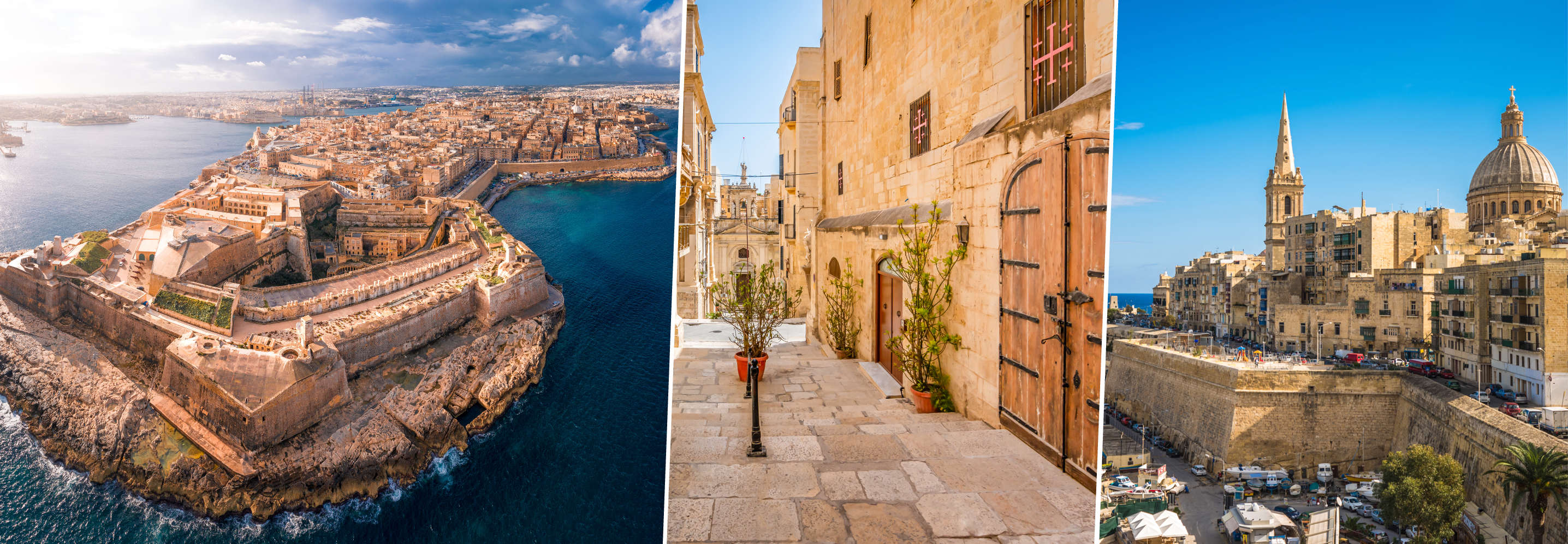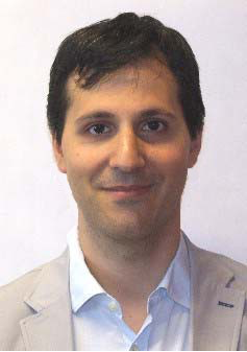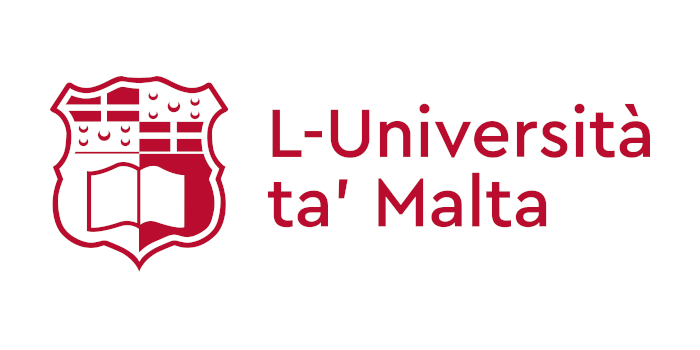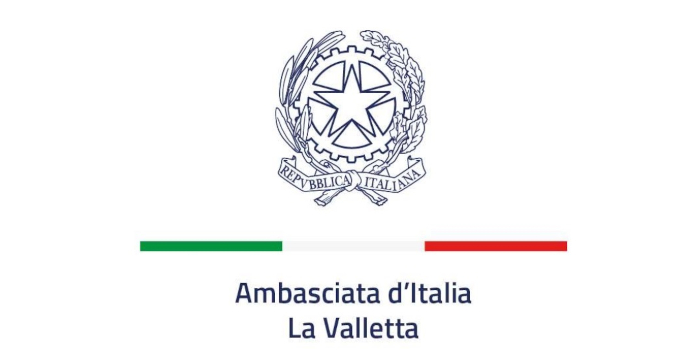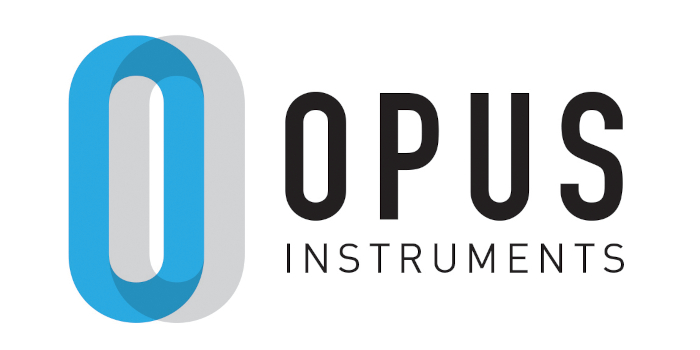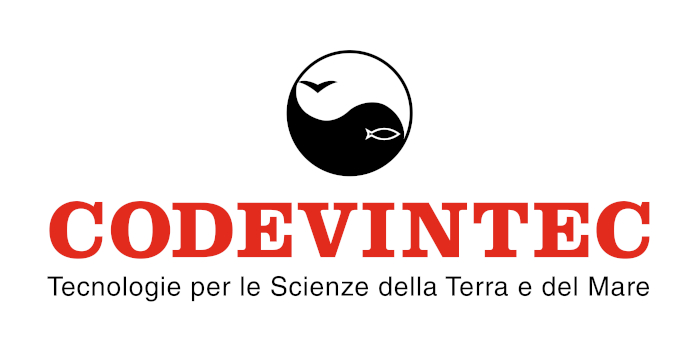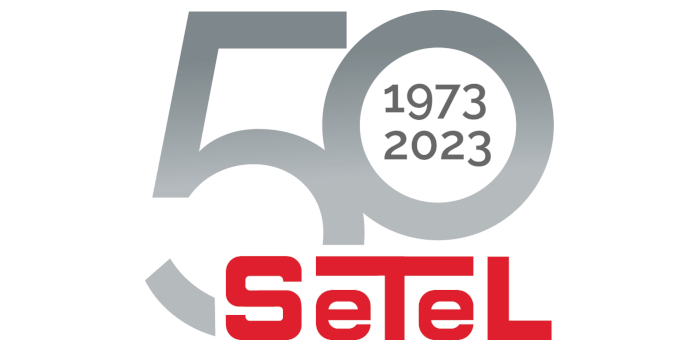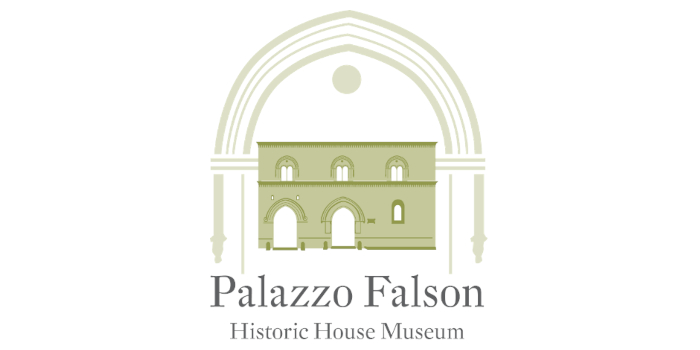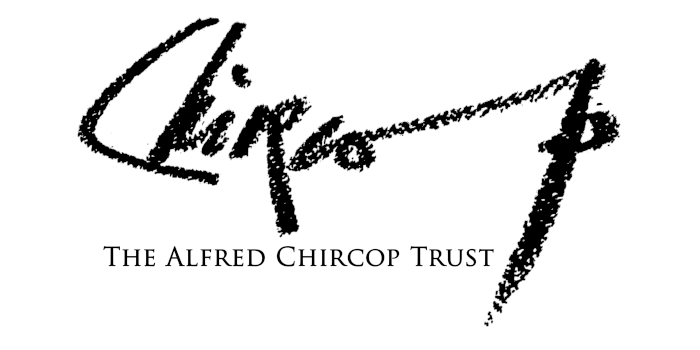Earth Observation for cultural heritage: from research to operational use in archaeology and conservation
Deodato Tapete
Italian Space Agency - ASI, Italy
ABSTRACT
Satellite remote sensing based either on optical or Synthetic Aperture Radar (SAR) sensors has a long history of use in archaeological and cultural heritage applications. Decades of experiments and scientific research have made it reach a good level of maturity, to the point that current operational missions (e.g. European Commission Copernicus Sentinels and national constellations such as Italy's COSMO-SkyMed) are increasingly used in the field of archaeological studies and heritage conservation, and support application services delivered by commercial providers.
Satellite imagery nowadays allows cultural heritage experts and practitioners to carry out a wide variety of measurements and observations to address purposes that can be categorised according to the following main domain applications: i) archaeological prospection and site discovery; ii) site recording and surveying; iii) multi-temporal monitoring for condition assessment; and iv) damage assessment during natural hazard events and crisis. While reviewing all these domains, particular discussion will be dedicated to highlight the most recent advances and achievements.
With regard to archaeological prospection, although SAR sensors operating in shorter wavelengths (e.g. X-band) are expected to penetrate the soil less than longer wavelengths (e.g. L-band), the most recent observations undertaken with very high resolution COSMO-SkyMed imagery over the province of Rome, Italy, provided surprising results in unveiling cropmarks and soilmarks in vegetated areas. Furthermore, the integration with Sentinel-2 multispectral time series can help in targeting the best seasons for in situ surveys.
With regard to site recording and surveying, the integration of steoreophotogrammetric optical and interferometric SAR Digital Elevation Models (DEMs) can improve the detection rate of archaeological mounds (tells) and support accurate morphometric studies. For example, in Iraq, the combination of COSMO-SkyMed and CartoSat-1 DEMs led to an improvement in the number of detected tells of approximately 10 times compared to the publicly available databases, as well as the retrieval of accurate volume estimates of lost tells.
With regard to condition assessment in both ordinary and crisis times, multi-sensor and multi-frequency satellite remote sensing is an established mean to highlight impacts on conservation due to natural and anthropogenic (e.g. agricultural activities, land cover land use transitions, urban development, infrastructures, conflicts) hazards. Regional and site-specific exercises undertaken in Syria, Iraq and Libya showcase the exceptional contribution that Earth Observation can bring when the areas to survey are either remote or inaccessible due to security concerns.
SPEAKER BIOGRAPHY
Deodato Tapete, Researcher in Earth Observation and data analytics at the Italian Space Agency (ASI). He is in charge of research and development projects based on satellite remote sensing by means of Synthetic Aperture Radar (SAR) and optical multi-/hyperspectral sensors to address: environmental applications; characterization of natural (e.g. landslides, floods, volcanic eruptions, hurricanes) and anthropogenic hazards (e.g. subsidence, water/air pollution, urban heat island); disaster risk reduction; sustainable use of natural resources: archaeological studies; monitoring and conservation of cultural heritage. With regard to the latter scientific disciplines, he has developed several methods based on SAR data processing to address issues of heritage conservation, including but not limited to structural stability, impacts of infrastructure construction, weathering and deterioration, looting, intentional destruction. He has worked on several national and international projects across different geographic areas, from Italy to Middle East and North Africa, United Kingdom, Latin America. He has recently cooperated with the Archaeological Park of Colosseum and is currently involved in the Extraordinary Plan of Monitoring and Conservation of Immovable Cultural Heritage led by the Italian Ministry of Culture. He is member of the Computer Applications and Quantitative Methods in Archaeology (CAA) Scientific Committee, and member of the Aerial Archaeology Research Group and European Association of Archaeologists (EAA). He has published more than 200 publications, some thematic books and dictionaries on diagnostic investigations and remote sensing techniques applied to the study and conservation of cultural heritage.

